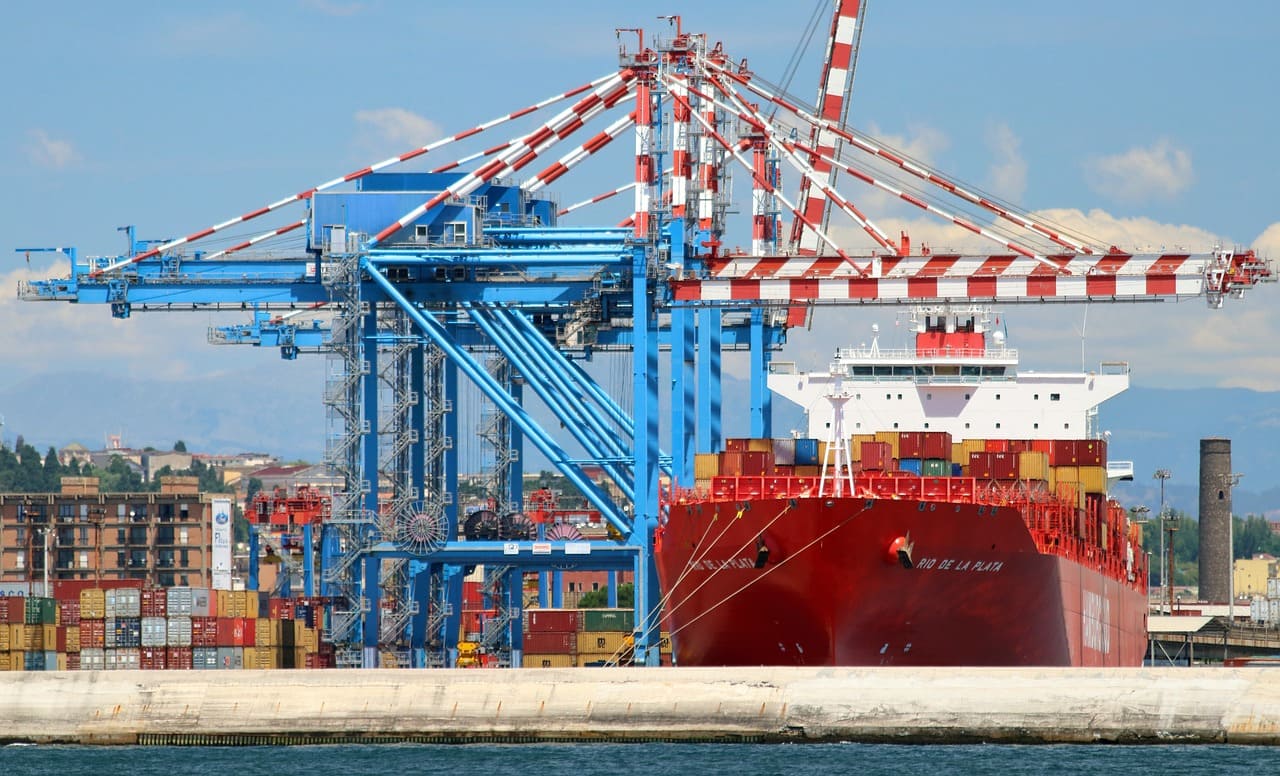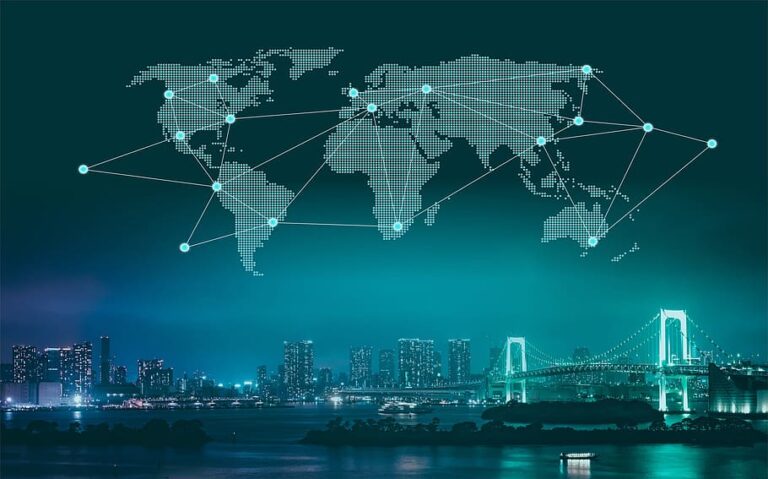In an increasingly interconnected world, the importance of bridging the gap between East and West cannot be overstated. The symbiotic relationship between these two regions has played a pivotal role in shaping global trends and fostering economic growth. As economies become more intertwined, the bridges built between the East and West have become crucial conduits for innovation, collaboration, and prosperity. In this article, we will explore how these bridges serve as catalysts for global trends and contribute to the expansion of the global economy.
- Cultural Exchange and Innovation
The East and West are rich in diverse cultural traditions, practices, and ways of thinking. By fostering cultural exchange and dialogue, these bridges act as avenues for the exchange of ideas, innovations, and technologies. This cross-pollination has led to groundbreaking advancements in various sectors, such as technology, healthcare, and sustainable development. A blend of Eastern and Western knowledge has given rise to groundbreaking inventions, propelling both regions towards progress.
- Trade and Investment Opportunities
The bridges between East and West have created extensive trade and investment opportunities. With a combined population of billions, both regions represent colossal consumer markets. By facilitating the movement of goods, services, and capital, these bridges enable businesses to access vast new markets and find investment partners across continents. The growth of international trade has been a driving force behind the expansion of global economic activity, leading to increased productivity and job creation.
- Strengthening Global Supply Chains
In the era of globalization, supply chains have grown increasingly complex, with components sourced from different parts of the world. The bridges between East and West play a vital role in connecting various supply chain nodes. By streamlining the movement of goods and reducing logistical barriers, these bridges enhance the efficiency and resilience of supply chains. This interconnectedness has proven particularly crucial during times of crisis, such as the COVID-19 pandemic when disruptions in one region could be mitigated by sourcing from the other.
- Knowledge and Skill Transfer
The exchange of knowledge and skills between the East and West has been pivotal in driving global trends and economic growth. Western educational institutions attract students from across the globe, including the East, fostering a diverse talent pool. Conversely, skilled professionals from the East contribute their expertise to Western companies and research institutions. This collaboration accelerates progress and enhances the capacity of both regions to tackle complex challenges.
- Infrastructure Development and Connectivity
Building bridges between East and West also involves significant infrastructure development. The creation of transportation networks, such as high-speed rail, shipping lanes, and air routes, enhances connectivity and facilitates the movement of people and goods. As infrastructure improves, previously isolated regions become integrated into the global economy, unlocking their economic potential and encouraging investment.
- Cultural Understanding and Diplomacy
Enhanced cultural understanding through the bridges between East and West fosters diplomatic ties and cooperation between nations. As individuals from different backgrounds interact and learn from each other, stereotypes are challenged, and mutual respect is cultivated. This deeper understanding lays the groundwork for peaceful resolutions to international conflicts, leading to stability and reduced barriers to trade and investment.
Conclusion
The bridges between East and West serve as vital channels for cultural exchange, economic collaboration, and technological advancements. In an interconnected world, these connections have become crucial drivers of global trends and economic growth. The fusion of Eastern and Western knowledge has resulted in innovative breakthroughs, while improved trade and investment opportunities have boosted economic activity worldwide.
As we move forward, it is essential to continue investing in these bridges, nurturing the ties between East and West, and promoting cooperation among nations. By recognizing the significance of these connections, we can work together towards a more prosperous and harmonious global future. Embracing the interdependence of East and West is the key to unlocking the vast potential that lies within the fusion of these diverse and dynamic regions.




